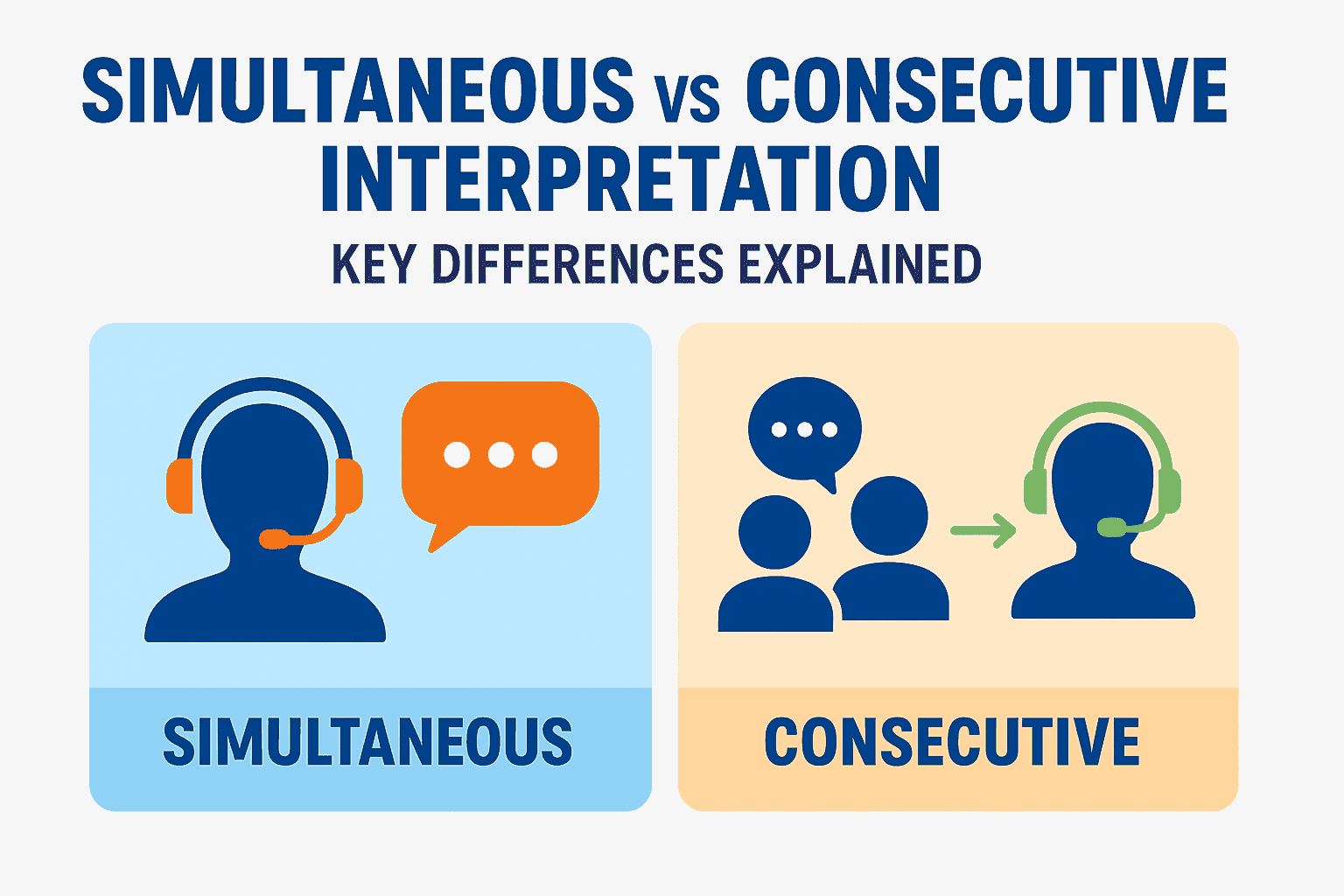
All You Need to Know About Real-Time Translation
Real-time translation
has revolutionized the way we communicate and interact in a globalized world.
In an era where borders are becoming increasingly blurred and people from
diverse backgrounds come together, the need for effective and efficient
language translation has never been more essential. This article will provide
you with an in-depth understanding of real-time translation, its working
mechanisms, benefits, applications, popular tools, challenges, and the future
outlook.
1. Introduction
Language barriers have
always been a hindrance to effective communication. Real-time translation aims
to bridge this gap by providing instant translation
services that enable people to communicate
seamlessly across different languages. With the advancements in technology and
the increasing demand for multilingual communication, real-time translation has
become a critical aspect of our interconnected world.
2. What is
Real-Time Translation?
Real-time translation,
also known as instant translation or live translation, refers to the process of
converting spoken or written content from one language to another in real-time.
It allows individuals to communicate with each other without the need for
manual translation or learning multiple languages. Real-time translation can be
achieved through a combination of machine learning algorithms, natural language
processing, and artificial intelligence techniques.
3. How Does
Real-Time Translation Work?
Real-time translation
works by utilizing sophisticated algorithms that analyze and interpret the
source language and generate accurate
translations in the target language. The process involves several steps,
including speech recognition, language identification, machine translation, and
text-to-speech synthesis. These algorithms are trained on vast amounts of
multilingual data to improve translation accuracy and fluency.
4. Benefits of
Real-Time Translation
Real-time translation
offers numerous benefits for individuals, businesses, and organizations alike.
Some of the key advantages include:
a. Enhanced
Communication: Real-time
translation enables people to communicate effortlessly across language
barriers, fostering understanding and collaboration.
b. Time and Cost
Savings: It eliminates the
need for manual translation services, saving time and reducing translation
costs significantly.
c. Increased
Accessibility: Real-time
translation makes information accessible to individuals who may not be
proficient in a particular language, thereby promoting inclusivity.
d. Improved
Customer Experience:
Businesses can cater to a global audience and provide better customer service
by offering real-time translation options.
5. Real-Time
Translation Applications
Real-time translation
finds applications in various domains. Let's explore some of the key areas
where real-time translation is widely used:
a. Travel and
Tourism: Real-time translation
apps and devices enable travelers to communicate with locals, navigate foreign
countries, and immerse themselves in different cultures more easily.
b. Business and
International Communication:
Real-time translation facilitates communication between international business
partners, enhances negotiation processes, and expands market reach.
c. Education and
Language Learning: Real-time
translation tools assist language learners in understanding foreign languages,
practicing pronunciation, and improving overall language skills.
d. Healthcare and
Medical Services: Real-time
translation plays a crucial role in providing effective healthcare services to
patients who speak different languages, ensuring accurate diagnosis and
treatment.
6. Popular
Real-Time Translation Tools and Technologies
There are several
real-time translation tools and technologies available in the market today.
Here are some of the most popular ones:
a. Google
Translate: Google Translate is
a widely used translation tool that offers real-time translation services for
text, speech, and images.
b. Microsoft
Translator: Microsoft
Translator provides real-time translation capabilities across various
platforms, including mobile devices and web browsers.
c. DeepL: DeepL is an AI-powered translation tool known
for its high-quality translations and natural-sounding output.
d. iTranslate: iTranslate offers real-time translation
services for both personal and business use, supporting multiple languages and
operating systems.
7. Challenges and
Limitations of Real-Time Translation
While real-time
translation has made significant progress, it still faces certain challenges
and limitations that need to be addressed:
a. Accuracy and
Reliability: Achieving high
translation accuracy in real-time remains a challenge, especially for complex
sentences and specialized terminology.
b. Context and
Cultural Nuances: Real-time
translation algorithms may struggle to capture context and cultural nuances,
leading to potential misinterpretations.
c. Language Support
and Variations: Some languages
may have limited support or may require further improvements in real-time
translation systems.
8. Future of
Real-Time Translation
The future of
real-time translation looks promising, with ongoing advancements in machine
learning and artificial intelligence. With the integration of neural networks
and deep learning algorithms, real-time translation systems are expected to
become more accurate, context-aware, and capable of handling complex language
structures. Furthermore, the incorporation of wearable devices and augmented
reality may enhance real-time translation experiences, making them more
immersive and seamless.
9. Conclusion
Real-time translation
has revolutionized global communication, breaking down language barriers and
fostering greater understanding and collaboration. With its numerous benefits,
real-time translation finds applications across various industries and domains,
enabling individuals and businesses to engage in multilingual communication
effortlessly. Although challenges persist, ongoing advancements in technology
pave the way for a future where real-time translation systems are more
accurate, reliable, and context-aware.
FAQs
1. Can real-time
translation tools replace human translators?
While real-time
translation tools have improved significantly, they may not entirely replace
human translators, especially for complex and specialized content. Human
translators possess cultural understanding and context that automated systems
may struggle to replicate.
2. How accurate are
real-time translation tools?
Real-time translation
tools have made significant progress in terms of accuracy, but errors can still
occur, particularly with complex sentences, idiomatic expressions, or technical
jargon. It's always recommended to review and verify translations for critical
communication.
3. Are real-time
translation apps secure and private?
Most reputable
real-time translation apps prioritize user privacy and employ encryption
measures to ensure secure communication. However, it's essential to review the
privacy policies and security features of any app or service before use.
4. Can real-time
translation handle all languages?
Real-time translation
tools support a wide range of languages, but the level of support and accuracy
may vary across different languages. Some languages may have more developed
translation models, while others may still require improvements.
5. Are there any
costs associated with using real-time translation tools?
Many real-time translation tools offer free basic services, but additional features or higher translation volumes may require paid subscriptions. It's advisable to check the pricing structure of the specific tool or service you intend to use.



